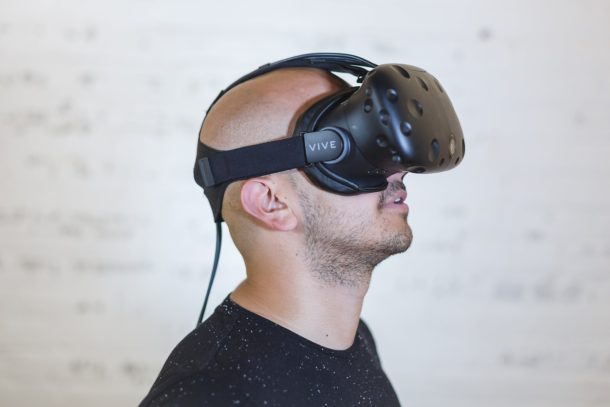Whether you agree with it or not, we live in an extremely technologically advanced world with new technology infiltrating every sector of commerce, industry, and private life. Owing to advances in smartphone technology, powerful batteries, and advanced semiconductors, items that were once seen in science fiction movies are now a reality that can be found almost everywhere.

The connected nature of equipment as part of the Internet of Things with a push towards Industry 4.0 encompasses smart devices, apps, process automation, and almost every other aspect of most industries. While some people aren’t open to embracing new technology and prefer tried and tested methods, there are some that can be a huge advantage when used with established methods. These include:
- Drones
- Mapping
- VR
Drones have come a long way in recent years and can literally offer a new perspective when dealing with any ambitious project while digital mapping is able to show us things that we might otherwise have missed and virtual reality allows us to step into a project so that we can see how it will turn out.
Drones
Thanks to improved designs, better battery technology, and intuitive integration methods, commercial drone piloting is now a major industry in and of itself. While many people fly drones as a fun pastime or as a videography or photography aid, their use in construction cannot be understated. A drone is able to give you a full birds-eye-view of any site which can be a huge benefit when planning a project, or they can be flown into areas that might be deemed too dangerous for personnel.
The use of drones is exceptional when applied to an ongoing project whether before, during, and concluding construction as they facilitate an excellent method of assessing as-designed vs. as-built which allows real-time changes to be made. Whether you are involved in architecture, agriculture, or water bore drilling, the uses of drones are exceptional and the technology is always being improved, with high-end drones now having a range of several kilometers and almost 30 minutes battery life with support for 8K and infrared cameras.
Digital Mapping
Used primarily as a data collection method that can be compiled into a 3D digital image, digital mapping has a wide range of uses from small local maps to large-scale maps of countries and continents. Using lasers and other energies, a local mapping device can scan a given area on variable scales and depths and then build a full 3D digital image that can be scrutinized from within any compatible software.
From simple hand scanners to complicated devices, the architecture industry now uses this technology prolifically as it can highlight hidden hazards within a given area and has even been used to previously unknown design and construction techniques in historical buildings such as the ancient underground city of Petra. In modern construction, digital mapping can be used in conjunction with satellite imagery to survey a site which helps with grading and large-scale planning.
Virtual Reality
One of the more recent developments is that of virtual reality. Since the invention of the Oculus Rift in 2012, VR technology has improved significantly thanks in part to video gaming and smartphones. While VR devices are primarily used for entertainment, the HD nature of modern devices means that they lend themselves well to modern construction projects in the form of conceptualization, remote viewing of dangerous sites, and hazard inspection.
Some VR devices can even be used in conjunction with drones so that you are able to get a full scale 360o view of a given area on a construction project. The potential for accurately demonstrating in-progress work to clients is also an excellent use for modern VR systems and there are companies that specialize in creating videos for this exact purpose. On a safety note, VR allows any ancillary personnel to inspect areas of concern without taking the risk of stepping into dangerous sites or areas.




Join the conversation: